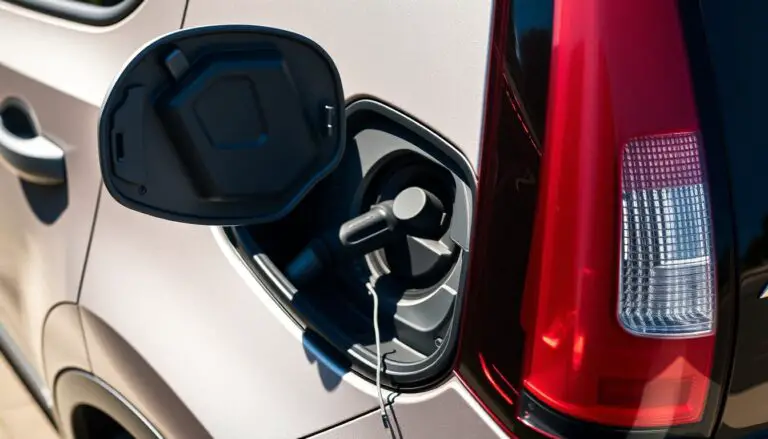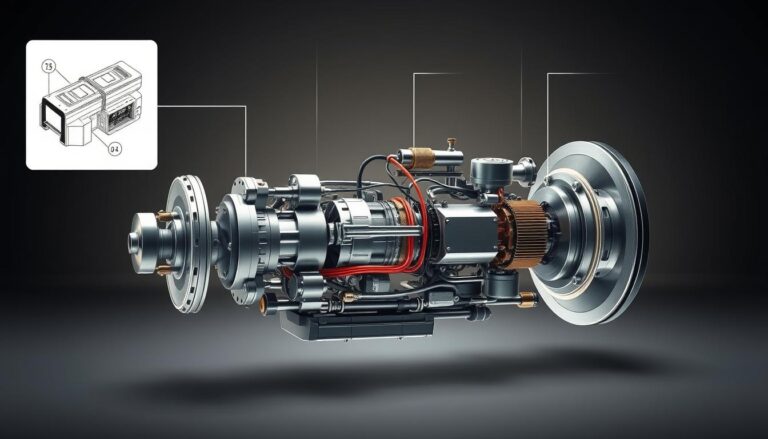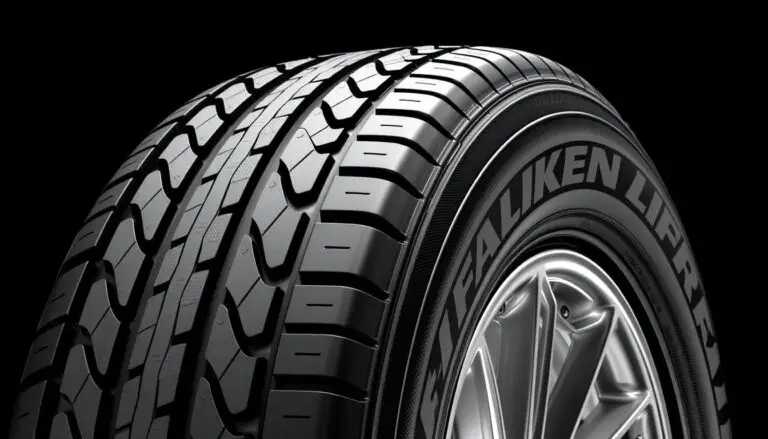Choosing the right tires can significantly affect your vehicle’s performance and efficiency. If you’re weighing the options between 275 and 285 tires, you’re not alone. These two sizes are popular among drivers looking for an ideal balance of traction, comfort, and cost-effectiveness. But which one is truly better for your needs? Let’s dive into everything you need to know about 275 vs 285 tires!
Overview of 275 vs 285 Tires
When considering tire sizes, 275 and 285 tires are often compared due to their close dimensions. The first number indicates the width in millimeters, with 275 tires being slightly narrower than their 285 counterparts. This small difference can influence your vehicle’s performance and handling.
Both types fit a range of vehicles but cater to different driving styles. Whether you prioritize off-road capability or highway comfort, understanding these nuances helps determine which size suits you best.
Performance Comparison
When comparing the performance of 275 vs 285 tires, size plays a crucial role. The wider 285 tires typically offer improved traction and stability, especially during acceleration and cornering. This can enhance the overall driving experience on various terrains.
On the flip side, 275 tires may provide quicker steering response due to their narrower profile. They often perform better in wet conditions as well, reducing hydroplaning risk. Each tire has its unique strengths depending on your driving style and vehicle setup.
Size and Compatibility
When considering 275 vs 285 tires, size and compatibility are crucial factors. The difference in width can affect how the tire fits on your vehicle’s rim as well as wheel arch clearance.
A 275 tire is typically narrower, which may suit vehicles with limited space. Conversely, a 285 tire offers a wider footprint that enhances traction but may require modifications for proper fitment on certain models. Always consult your vehicle’s specifications before making a decision to ensure optimal performance.
Cost Considerations
When comparing the 275 vs 285 tires, cost is a critical factor. Generally, the price difference between these two sizes can vary based on brand and model.
All-season tires, for example, can range from $49 to $873, while performance tires fall between $52 and $1,486. Generally, larger tires like the 285 sizes will be more expensive due to their increased material and advanced technology requirements. On average, a 275/65R18 tire will cost around $202.67, while a 285/65R18 tire will average approximately $216.08.
Compatibility With Trucks
Choosing the right tire size is crucial for truck owners. Both 275 and 285 tires can fit many trucks, but compatibility depends on specific models and modifications. It’s essential to check your manufacturer’s recommendations.
Additionally, factors like wheel width and suspension height play roles in fitting these tires. Larger 285 tires may require more clearance, while 275s might be easier to install without adjustments. Always consult with a professional before making a decision to ensure optimal performance.
Advantages and Disadvantages of Each Tire Type
275 tires offer a balance between comfort and performance. Their narrower width can improve fuel efficiency, making them ideal for everyday driving. They typically provide better handling on dry roads due to their lighter weight.
On the other hand, 285 tires excel in off-road conditions with enhanced traction and stability. However, they may sacrifice some fuel economy and ride comfort compared to their 275 counterparts. The wider profile can also lead to increased road noise during highway driving.
Road Grip and Handling
When it comes to road grip, the width of the tires plays a crucial role. A 285 tire typically offers better traction due to its larger surface area. This added contact with the ground enhances grip during turns and acceleration.
On the other hand, a 275 tire can provide excellent handling characteristics as well. Its slightly narrower design may allow for quicker steering response in certain vehicles. Both options have their merits depending on driving style and vehicle type.
Fuel Efficiency
Fuel efficiency plays a crucial role when choosing between 275 and 285 tires. Typically, narrower tires like the 275 can offer better mileage due to reduced rolling resistance. This means your vehicle may consume less fuel over time.
On the other hand, the wider 285 tires provide better traction but can lead to increased drag. The trade-off affects not only performance but also your pocketbook at the gas pump, making it an important factor in your decision-making process.
Impact on Vehicle Dynamics
The choice between 275 and 285 tires can significantly influence vehicle dynamics. A wider tire, like the 285, typically enhances grip during cornering but may feel heavier on steering inputs. This weight can affect responsiveness.
On the flip side, a narrower tire such as the 275 often offers lighter handling and improved maneuverability. However, it might sacrifice some traction in high-speed turns or rough conditions. Understanding these nuances helps drivers select a tire that aligns with their performance needs.
Suitability for Different Vehicles
275 tires are often better suited for smaller vehicles, like sedans and compact SUVs. Their narrower width helps maintain fuel efficiency while providing decent traction in various conditions.
On the other hand, 285 tires excel on larger vehicles such as trucks and off-road SUVs. The extra width enhances stability and grip, especially when navigating rough terrain or carrying heavier loads. Choosing the right size depends on your vehicle’s specifications and intended use.
Price Comparison
When comparing the price of 275 vs 285 tires, it’s important to note that costs can vary significantly based on brand and performance features. Typically, 275 tires tend to be slightly more affordable than their wider counterparts.
However, this price difference isn’t just about size. Factors like tread design, durability, and intended use play a critical role in determining cost. Shoppers should evaluate long-term value alongside initial pricing for an informed decision.
Long-Term Value
When considering long-term value, tire longevity plays a crucial role. Both 275 and 285 tires can offer impressive tread life, but the right choice often depends on driving habits and conditions.
Choosing a tire that matches your vehicle’s needs ensures you get the most out of your investment. While initial costs may vary, durability and performance over time will significantly impact overall satisfaction with either option. Regular maintenance also enhances their lifespan, making it essential to factor this into your decision-making process.
Off-Road Performance
When considering off-road performance, tire width plays a crucial role. The 285 tires offer a broader contact patch, enhancing traction on loose surfaces like mud or gravel. This can translate to better stability and control during challenging conditions.
However, the 275 tires shouldn’t be overlooked. They provide adequate grip while being slightly lighter, which can improve agility in tight spots. Each size has its strengths for off-roading enthusiasts looking to tackle different terrains effectively.
Highway Driving
Highway driving requires tires that can handle speed and stability. When comparing 275 vs 285 tires, the differences become more apparent on long stretches of road. The wider 285 tire offers a larger contact patch, which can enhance grip during high-speed maneuvers. This feature often translates to better cornering performance and overall handling.
However, the narrower 275 tire may provide a smoother ride with reduced road noise, making it ideal for everyday commuting. It’s important to consider your driving habits when choosing between these two sizes.
Selecting the right tire will depend on your vehicle’s compatibility and your specific needs for both highway performance and comfort while cruising at higher speeds.


